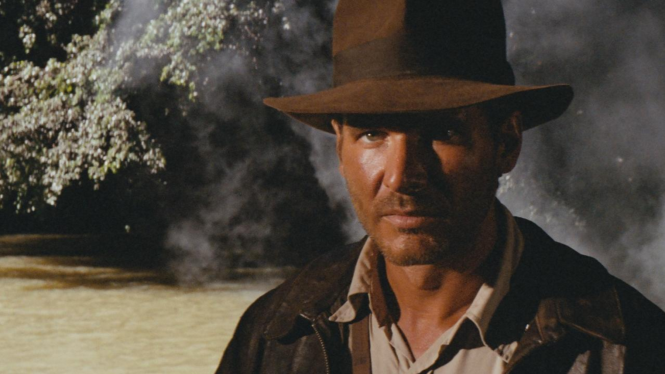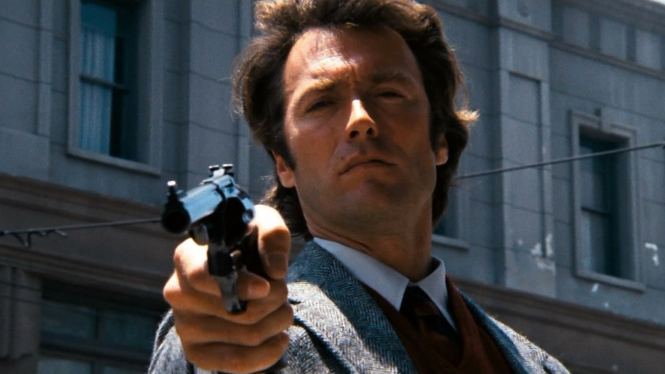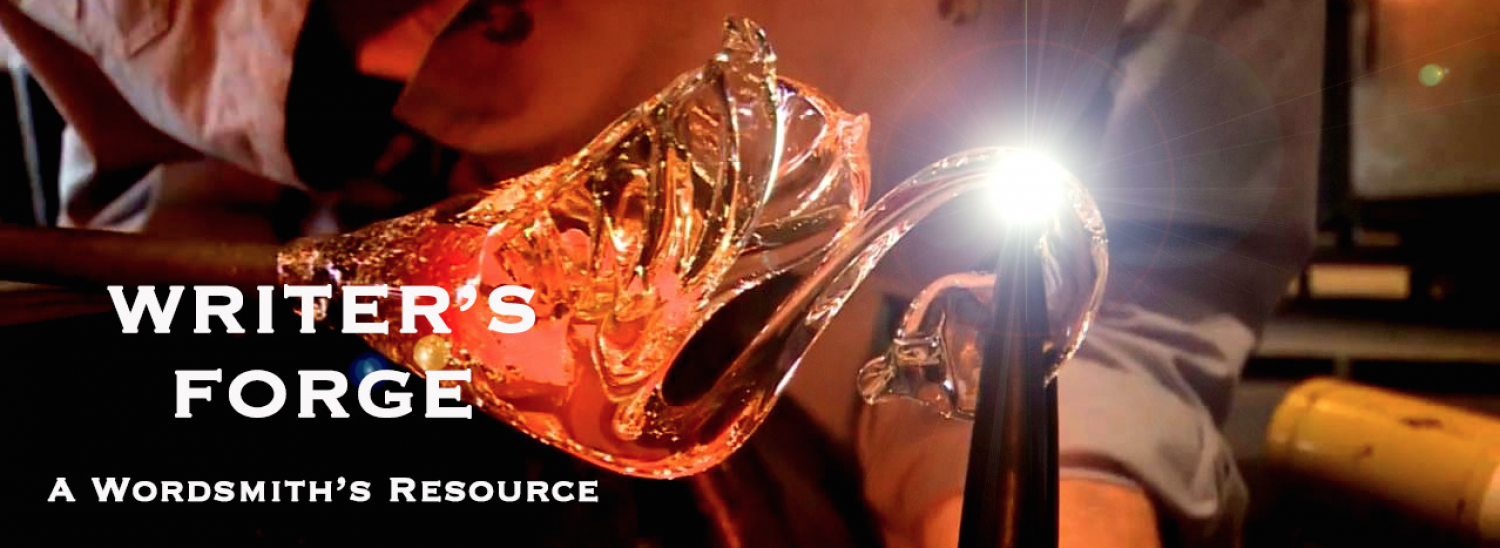It’s been three years since the completion of Breaking Bad, and it’s still considered a chilling and effective character study of a man slowly losing his soul. The saga of Walter White’s descent into depravity is regarded as one of the most well rounded and defined character arcs ever put to the screen, small or large. You talk to anyone, they’ll tell you the same thing.
“Walt was such a nice guy at the start of the show.”
Breaking Bad is one of the best examples of developing a character over a series, something that in writing, can be incredibly difficult. Organizing and executing an effective character arc is difficult enough in one book or film. To do it in several requires great tact and precision.
In a series, like in any individual book or film, you want your character to be changed by the end. To see them go through the same arc over and over again would make any sequels dull and repetitive. Where’s the fun in a sequel if it’s just a repeat? There are plenty of solid examples of characters that go through amazing changes in their respective series, and looking at individual cases can teach you any number of methods to use.

Luke Skywalker of Star Wars is a good example. At the start of A New Hope, he is an idealist who yearns to escape from his home and be something great. It’s an old story, but where it goes next is what makes the character work. Over the series, he learns painful truths about his past, calling into question his black and white views of good and evil. With his newfound insight, his quest changes from one of destroying his enemy, to saving him.
A quest or journey where the goal itself changes does a lot to show a character’s growth. Previously a journey that seeks destruction, Luke’s changes to one of liberation, and shows how he has matured in his views of conflict. This is one way to develop a character over a series. Another way is to reveal something new about them, like the Indiana Jones character.

Each film in the Indiana Jones series focuses on a distinct area of his journey as an archeologist, coming to appreciate the value of the artifact he’s after or overcoming greed and giving an artifact back to its rightful owners. Last Crusade is the most interesting, which delves into his relationship with his father. The character is laid bare before the audience, causing us to more closely look over and scrutinize his actions.
Looking at his once troubled home life and desperate attempts to reconnect with his father, one looks at the previous films with new eyes. Is he trying to outdo his father? Is he finally trying to win his approval? Last Crusade isn’t just character development, but a revelation. This revelation doesn’t just flesh him out in Last Crusade, it ads dimension to him in the previous films, an astounding accomplishment in storytelling.
A character’s quest changing to a reveal about who they are both work great in developing characters over a series. Still, there are other ways, like having a character seeming to embody one set of ideals, when in truth, they embody something else.

Inspector Harry Callahan, aka Dirty Harry, is a hot button character. He’s a cop who doesn’t play by the rules in a system he views as broken, violating numerous laws and Constitutional codes on his quest for what he views as justice. In the first film, Harry regularly complains about what law has become, dispensing with civil liberties and allowing his magnum to do the talking. The sequels however show someone far more fascinating.
In the second film, Magnum Force, he’s confronted by a gang of dirty cops executing criminals. Instead of siding with them, Harry sees them for the criminals they are and deals with them exactly the same as anyone else. Then there’s the forth film, Sudden Impact. After finding out a serial killer he’s tracking is a rape victim killing her attackers, Harry has come to empathize with her so strongly, he can’t arrest her. The once lethally effective cop has developed such empathy, he can’t even do his job anymore.
Harry is a good example of a character who seems one note when truth, there’s a far deeper humanity within him. In many ways he tricks his audience with an urban wild west, and delivers instead something more provocative. This series doesn’t just see its character change, but speaks directly to its audience in an effort to teach them something new. That’s exactly what a character and a story should do.
From Walter White to Indiana Jones, from Callahan leaning right before bolting to the left, each of these characters shows many different ways to which a character can grow and evolve over a series, be it books, films, or any other medium.
One must find a balance thought. By the end of Breaking Bad, Walter White is still human enough to do something selfless and admit he was wrong. In Sudden Impact, Harry still pulls out his six shooter and blows some bad guys out of their socks. People do enjoy coming back to see a favorite character over and over again. One must remember that people change in real life. Going on a journey with a character and seeing them change is like watching a real life friend or relative change. It makes the audience feel that much closer to them, because it makes them that much more real.



This is very insightful. I’ve learned so much on the fly in the years, yes years of writing my first novel. I am so aware of character arcs now. It’s nice to see them learn from their mistakes.
LikeLiked by 1 person
This was good for me to find…
LikeLiked by 2 people
I enjoyed your thoughtful analysis of some of the best-loved serial characters, both recent (Walter White) and classic. It also brought to mind some of the things Joseph Campbell has said about the hero and the hero’s journey. Great post, and thank you!
LikeLike
[…] LMG comic updates Zhyx […]
LikeLiked by 1 person
Hi,
This is an interesting site with an interesting name. I met you at Danny Ray’s blog party. You sounded like you’d like to meet new bloggers, so I came to introduce myself and invite you to my blog party.
It’s in honor of St. Patrick’s Day this week although I have two a month.
http://mostlyblogging.com/st-patricks-day-meet-greet/
Janice
LikeLiked by 1 person
Thank you for the invite Janice. I gladly accept your invitation.
LikeLiked by 1 person
I will look forward to your visit.
LikeLiked by 1 person
[…] in a series of four books, which poses an interesting challenge in the way of the character arc. Developing a character over a series is tough because you can’t complete the arc on the first go around, but you still need to […]
LikeLike